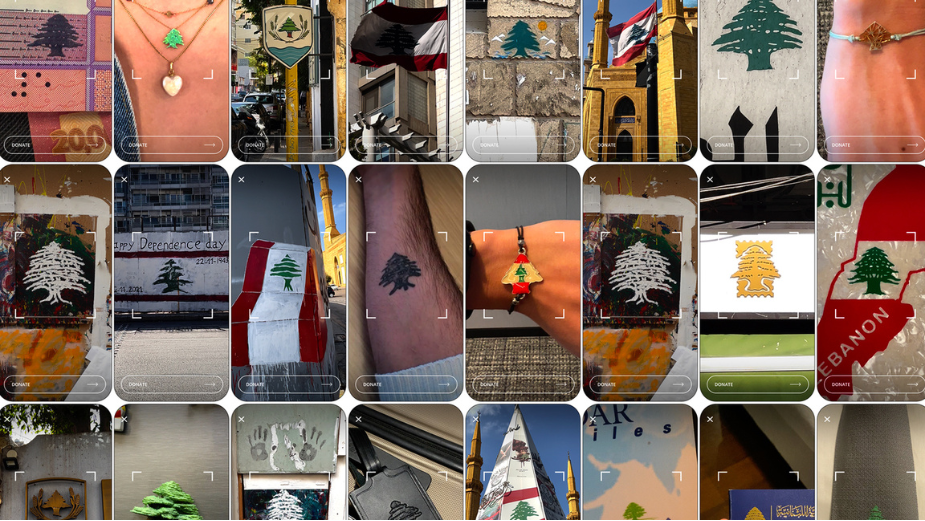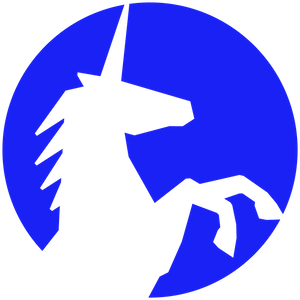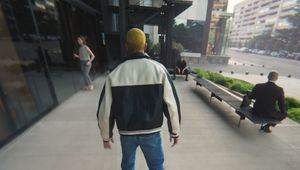
How Greenpeace Created a Platform to Protect Lebanon’s Arze

The Lebanese Cedar, also known as the Arze, is a representation of the country and its pride. The national symbol adorns the football team’s logo, people's passports, ID cards, and the nation’s flag, it essentially represents Lebanon. But the beloved cedar tree is suffering as a result of global warming – so the global campaigning network Greenpeace decided to do something about it.
Working alongside Digitas Dubai, the goal for this campaign was to make every symbol of the Arze scannable, so that it could be a direct donation link to conserving the national tree. Quite the challenging task, it took thousands of images, illustrations, videos and icon pictures to be fed into a machine learning system which would create the scannable image. Regardless of the lengthy process to create the ArzePay platform, the team behind the project was determined to support the Lebanese Cedar tree so that the negative effects of forest fires, soil erosion, heat waves, floods, and droughts – all caused by global warming – could begin to be reversed.
Eduardo Branco, creative director at Digitas and Fadi Gedeon, digital lead at Greenpeace, speak to LBB’s Nisna Mahtani about what it took to create the donation platform and campaign.
LBB> How did the Lebanese Cedar, or the Arze, become the symbol for this campaign? What does it mean to the people of Lebanon?
Eduardo> The cedar is, by far, the most prominent Lebanese pride symbol. It’s a synonym for the country’s resilience and people illustrate it literally everywhere. It’s on the flag, passports, ID cards, Beirut walls, mugs, and on people’s skin – it’s crazy. But at the same time, these trees are disappearing at an alarming rate in nature, and they’ll soon be gone. So, we decided to use the illustrations people see everywhere to save actual trees from vanishing for good.
LBB> Can you tell us about how climate change has affected the cedar tree?
Fadi> Heat waves, droughts, floods, soil erosion… All of these things have a terrible impact on our planet and ultimately the cedar too. So, when we talk about saving the cedar, our actions span way beyond just planting more trees. We must look at the environment/ecosystem as a whole and try to remedy all sides of climate change. I’d invite people to watch this documentary we produced and learn more about the issue.
LBB> How did Greenpeace want to tackle the campaign? What was the main goal when you started out?
Fadi> To prevent the Lebanese Cedar from disappearing, we need to combat climate change from every angle. Every fund raised will be invested in our varied climate action efforts to combat forest fires, soil erosion, heat waves, floods, droughts, etc. Essentially, our goal as an organisation is to safeguard our planet’s (and our own) well-being and the cedar is just another important element that needs taking care of.


LBB> Through the process, what was the most difficult challenge you faced? And how did you overcome it?
Eduardo> Making sure every cedar was scanned was the biggest challenge – by far. We literally fed our system thousands of cedar icon pictures and used machine learning to teach the platform to scan any illustration. There was quite a bit of trial and error, but we managed to teach the algorithm how to scan any icon, regardless of size, texture, or orientation.
LBB> What was the starting point of collecting data to include in the machine learning platform that supports the campaign?
Eduardo> We pulled data (cedar icon pictures) from everywhere. Image banks, personal photography, old books, the footage we made ourselves during the past year, and during this process, we kept testing the platform, making sure each cedar that wasn’t scanned was also added to the database. At one point, there were no cedars that wouldn’t be scared because we had been through so much and so many different designs, textures, etc.
LBB> How long did it take for the software to be able to recognise 99.9% of all cedar icons?
Eduardo> The overall digital production took several months, and I guess the machine learning portion took a good four to six months with a dedicated team, testing the platform every day and feeding new imagery into the system.

LBB> What was the process of integrating this into the ArzePay platform?
Eduardo> Integration was the simple part since there are quite a few ways to host machine learning/scannable features into websites.
LBB> Can you tell us about how people have been using the platform and what impact the initiative has had so far?
Eduardo> The response has been incredibly positive so far. In only a couple of weeks, we’ve seen thousands of cedar illustrations being scanned and donations being made. People have participated in 18 different countries and the campaign has been widely shared on social media.
LBB> Is there anything else you’d like to add?
Eduardo> Donate at arzepay.com and help us save the Lebanese Cedar.













